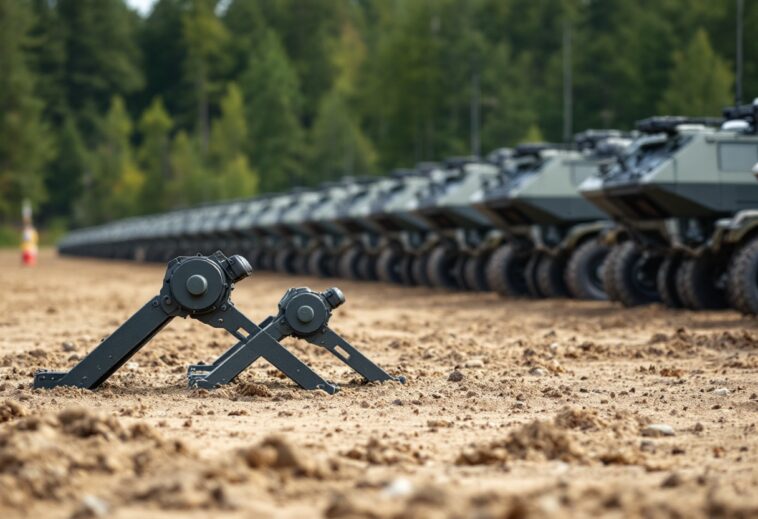Table of Contents
The Canadian Armed Forces (CAF) is making significant strides to enhance its recruitment process by revising its medical disqualification criteria. This shift comes as the military seeks to bolster its numbers and adapt to the evolving landscape of military service.
Chief of the Defence Staff Gen. Jennie Carignan announced that applicants with certain medical conditions, including allergies, ADHD, anxiety, and asthma, will now be evaluated on a case-by-case basis rather than being automatically disqualified.
Embracing modern medical understanding
In a recent interview, Carignan emphasized the importance of adapting to contemporary medical insights. “With the technology available to us, we can assess conditions that were previously disqualifying,” she stated. This change reflects a broader understanding of medical conditions and their implications for military service.
For instance, while severe allergies may still pose a risk in specific operational roles, many individuals can serve effectively with proper management and support.
The updated medical standards, which took effect in January, signify a shift towards inclusivity. Carignan noted that diagnostic tools have advanced significantly over the past few decades, allowing for a more nuanced approach to evaluating potential recruits.
“We need to understand that things that are diagnosed now were not diagnosed many years ago,” she added, highlighting the CAF’s commitment to risk management while embracing modern medical practices.
Streamlining the recruitment process
In addition to revising medical standards, the CAF has implemented changes to streamline its recruitment process.
Carignan revealed that new members no longer need to meet the same security clearance requirements upon joining, which has alleviated bottlenecks in the onboarding process. “Instead of having a bottleneck right at the front, we on-board them and then keep working on the security level,” she explained.
This approach allows for a smoother transition into military training while maintaining necessary security protocols.
The CAF is also focusing on modernizing its recruitment tools, ensuring better tracking and communication with potential recruits. By digitizing processes, the military aims to create a more engaging and supportive experience for applicants. Carignan emphasized the importance of “humanizing the process” to foster a sense of belonging and commitment among new recruits.
Meeting recruitment targets and future goals
Despite facing challenges in meeting recruitment targets in recent years, the CAF is optimistic about its current trajectory. With a goal of recruiting approximately 6,500 new members this year, the organization has already surpassed the 5,000 mark, indicating a growing interest in military service among Canadians. Carignan expressed cautious optimism, stating, “We’re on the right track to achieve our target.”
However, the CAF is also aware of the need for ongoing recruitment efforts, particularly in the reserves. Carignan reiterated the importance of making Canadians aware that their military needs them, emphasizing the CAF’s commitment to building a diverse and capable force. As the military prepares for new capabilities in the coming years, the retention of existing personnel remains a priority, with initiatives aimed at improving work-life balance and career opportunities.
Experts like Christian Leuprecht, a professor at the Royal Military College, support the CAF’s flexible approach to recruitment. He noted that adjusting requirements is essential to address staffing shortfalls and provide equal opportunities for Canadians interested in serving. “If someone is able to aptly perform a military occupation, why would we turn them away?” he questioned, advocating for a more inclusive military that recognizes diverse talents and capabilities.






